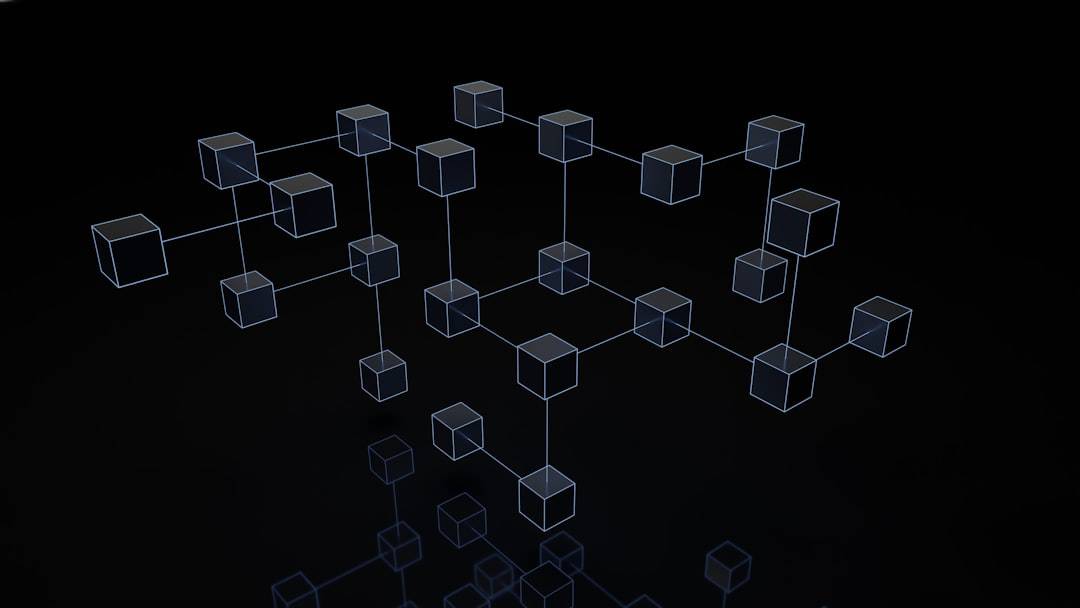A zero-day exploit is a cyber attack that targets a previously unknown security vulnerability on the day it becomes public knowledge. This timing gives software developers no opportunity to create and distribute a patch before attackers can exploit the weakness. Zero-day exploits are valuable to cybercriminals due to their effectiveness in breaching systems, stealing data, or disrupting operations.
These exploits can affect various software types, including operating systems, web browsers, and applications. They may be used to execute malicious code, elevate user privileges, or circumvent security protocols. The novelty of zero-day vulnerabilities makes them particularly dangerous and challenging to defend against, as traditional security measures may not detect or prevent these attacks.
To mitigate the risk of zero-day exploits, organizations must maintain vigilance regarding emerging security threats. Best practices include regular software updates, deployment of intrusion detection systems, and comprehensive security assessments. Proactive security measures are crucial in minimizing the potential impact of zero-day vulnerabilities.
Key Takeaways
- A 0 Day exploit is a vulnerability in software that is unknown to the vendor and for which there is no patch available.
- 0 Day exploits can have a significant impact on cybersecurity, as they can be used by hackers to gain unauthorized access to systems and steal sensitive information.
- Hackers use 0 Day exploits to attack systems by identifying and exploiting vulnerabilities before the vendor has a chance to release a patch.
- Strategies for defending against 0 Day exploits include keeping software and systems up to date, using intrusion detection systems, and implementing strong access controls.
- Security researchers play a crucial role in identifying 0 Day exploits and working with vendors to develop patches to protect against them.
- The legal and ethical implications of 0 Day exploits are complex, as they can be used for both defensive and offensive purposes, raising questions about responsible disclosure and the use of exploits in cyber warfare.
- The future of 0 Day exploits and cybersecurity will likely involve an ongoing arms race between hackers and defenders, with an increasing focus on proactive security measures and collaboration between researchers and vendors.
The Impact of 0 Day Exploits on Cybersecurity
The Immediate Impact of 0 Day Exploits
When a 0 day exploit is successfully used by hackers, it can lead to severe consequences, including data breaches, financial losses, and reputational damage for the affected organization. In some cases, 0 day exploits have been used in large-scale cyber attacks that have affected millions of users and caused widespread disruption.
The Challenge of Rapid Response
One of the biggest challenges posed by 0 day exploits is the speed at which they can be used to launch attacks. Because there is no advance warning of the vulnerability, organizations have little time to prepare and defend against potential attacks. This can make it difficult for security teams to respond effectively and can leave systems and data vulnerable to exploitation.
Long-term Consequences for Cybersecurity
In addition to the immediate impact of 0 day exploits, there can also be long-term consequences for cybersecurity. When a 0 day exploit is used successfully, it can lead to increased scrutiny and criticism of the affected software or system, as well as the organization responsible for its security. This can erode trust in the affected organization and can have a lasting impact on its reputation.
How Hackers Use 0 Day Exploits to Attack Systems

Hackers use 0 day exploits to attack systems in a variety of ways, depending on the nature of the vulnerability and their objectives. One common use of 0 day exploits is to gain unauthorized access to systems or networks. Hackers may use these exploits to bypass authentication measures, escalate privileges, or execute arbitrary code on a targeted system.
Once they have gained access, they can steal sensitive information, install malware, or carry out other malicious activities. Another way that hackers use 0 day exploits is to disrupt operations and cause damage to systems. For example, they may use these exploits to launch denial-of-service attacks, which can overwhelm a system with traffic and make it unavailable to legitimate users.
This can be particularly damaging for organizations that rely on their systems for critical operations, such as financial institutions or government agencies. In some cases, hackers may also use 0 day exploits to spread malware or ransomware. By exploiting vulnerabilities in popular software or systems, they can infect a large number of devices and networks with malicious code, leading to widespread damage and disruption.
Strategies for Defending Against 0 Day Exploits
| Strategy | Description |
|---|---|
| Keep Software Updated | Regularly update all software and applications to patch known vulnerabilities. |
| Network Segmentation | Isolate critical systems from the rest of the network to limit the impact of an exploit. |
| Implement Intrusion Detection Systems | Use IDS to monitor network traffic and detect potential 0-day exploits. |
| Application Whitelisting | Only allow approved applications to run, reducing the attack surface. |
| User Education | Train users to recognize and report suspicious activities or emails. |
Defending against 0 day exploits requires a multi-faceted approach that includes proactive measures to identify and mitigate vulnerabilities, as well as reactive measures to respond to potential attacks. One key strategy for defending against 0 day exploits is to implement strong security measures, such as firewalls, intrusion detection systems, and access controls, to prevent unauthorized access to systems and networks. Regularly updating software and systems is also critical for defending against 0 day exploits.
Software vendors often release patches and updates to address known vulnerabilities, so it is important for organizations to apply these updates as soon as they become available. This can help to reduce the risk of exploitation and minimize the potential impact of 0 day exploits. In addition to these proactive measures, organizations should also have incident response plans in place to respond quickly and effectively to potential 0 day exploits.
This may include monitoring for signs of exploitation, isolating affected systems, and conducting thorough investigations to understand the nature and scope of the attack.
The Role of Security Researchers in Identifying 0 Day Exploits
Security researchers play a crucial role in identifying 0 day exploits and helping organizations defend against potential attacks. These researchers are responsible for discovering and reporting security vulnerabilities in software and systems, often through independent research or participation in bug bounty programs. By identifying these vulnerabilities before they are exploited by hackers, security researchers can help organizations take proactive measures to address them and reduce the risk of exploitation.
In addition to identifying vulnerabilities, security researchers also play a key role in developing and sharing best practices for defending against 0 day exploits. This may include publishing research papers, presenting at conferences, or participating in industry forums to share their findings and recommendations with the broader security community. Security researchers also work closely with software vendors and organizations to help them understand and address potential vulnerabilities.
By collaborating with these stakeholders, researchers can help ensure that vulnerabilities are addressed in a timely manner and that organizations have the information they need to defend against potential attacks.
The Legal and Ethical Implications of 0 Day Exploits

Legal Implications
From a legal standpoint, the use of 0 day exploits to launch cyber attacks is illegal in most jurisdictions. This includes gaining unauthorized access to systems, stealing sensitive information, or causing damage to systems or networks. In many cases, the use of 0 day exploits for these purposes can lead to criminal charges and significant penalties for those responsible.
Ethical Implications
From an ethical standpoint, the use of 0 day exploits raises questions about responsible disclosure and the potential impact on innocent users. Security researchers must carefully consider the potential consequences of disclosing vulnerabilities before they have been addressed by software vendors. While it is important to raise awareness about potential risks, researchers must also consider the potential impact on users and take steps to minimize harm.
Responsibility and Accountability
Similarly, hackers who discover 0 day exploits must consider the potential impact of their actions on innocent users and organizations. While there may be financial incentives or ideological motivations for using these exploits, hackers must weigh these against the potential harm caused by their actions.
The Future of 0 Day Exploits and Cybersecurity
The future of 0 day exploits and cybersecurity is likely to be shaped by ongoing advancements in technology and evolving tactics used by hackers. As technology continues to advance, new vulnerabilities are likely to emerge in software and systems, creating new opportunities for exploitation by hackers. This will require organizations to remain vigilant and proactive in their efforts to defend against potential attacks.
At the same time, cybersecurity professionals are likely to continue developing new strategies and technologies for identifying and mitigating vulnerabilities before they can be exploited by hackers. This may include advancements in threat intelligence, machine learning, and other technologies that can help organizations stay ahead of potential threats. In addition to these technical advancements, the future of 0 day exploits will also be influenced by legal and regulatory developments aimed at addressing cyber threats.
As governments around the world continue to grapple with the growing threat of cyber attacks, there may be new laws and regulations introduced to address the use of 0 day exploits and other cyber threats. Overall, the future of 0 day exploits and cybersecurity will require a collaborative effort from all stakeholders, including organizations, security researchers, governments, and technology vendors. By working together to identify vulnerabilities, develop effective defenses, and address legal and ethical considerations, it is possible to mitigate the risks posed by 0 day exploits and create a more secure digital environment for all users.
FAQs
What is a 0 day exploit?
A 0 day exploit is a type of security vulnerability that is exploited by attackers before the software or system’s developer becomes aware of it. It is called “0 day” because there are zero days of protection against the vulnerability.
How does a 0 day exploit work?
A 0 day exploit takes advantage of a security vulnerability in software or systems that the developer is not aware of. Attackers use this exploit to gain unauthorized access, steal data, or cause damage to the targeted system.
What are the risks of 0 day exploits?
0 day exploits pose significant risks to individuals, organizations, and even governments. They can lead to data breaches, financial losses, reputational damage, and even national security threats.
How can organizations protect themselves from 0 day exploits?
To protect against 0 day exploits, organizations should regularly update their software and systems with the latest security patches, use intrusion detection systems, conduct regular security audits, and educate employees about cybersecurity best practices.
Several countries have laws and regulations related to 0 day exploits, including the Computer Fraud and Abuse Act in the United States and the Computer Misuse Act in the United Kingdom. Additionally, international agreements such as the Budapest Convention on Cybercrime address issues related to cybercrime, including 0 day exploits.











Leave a Reply